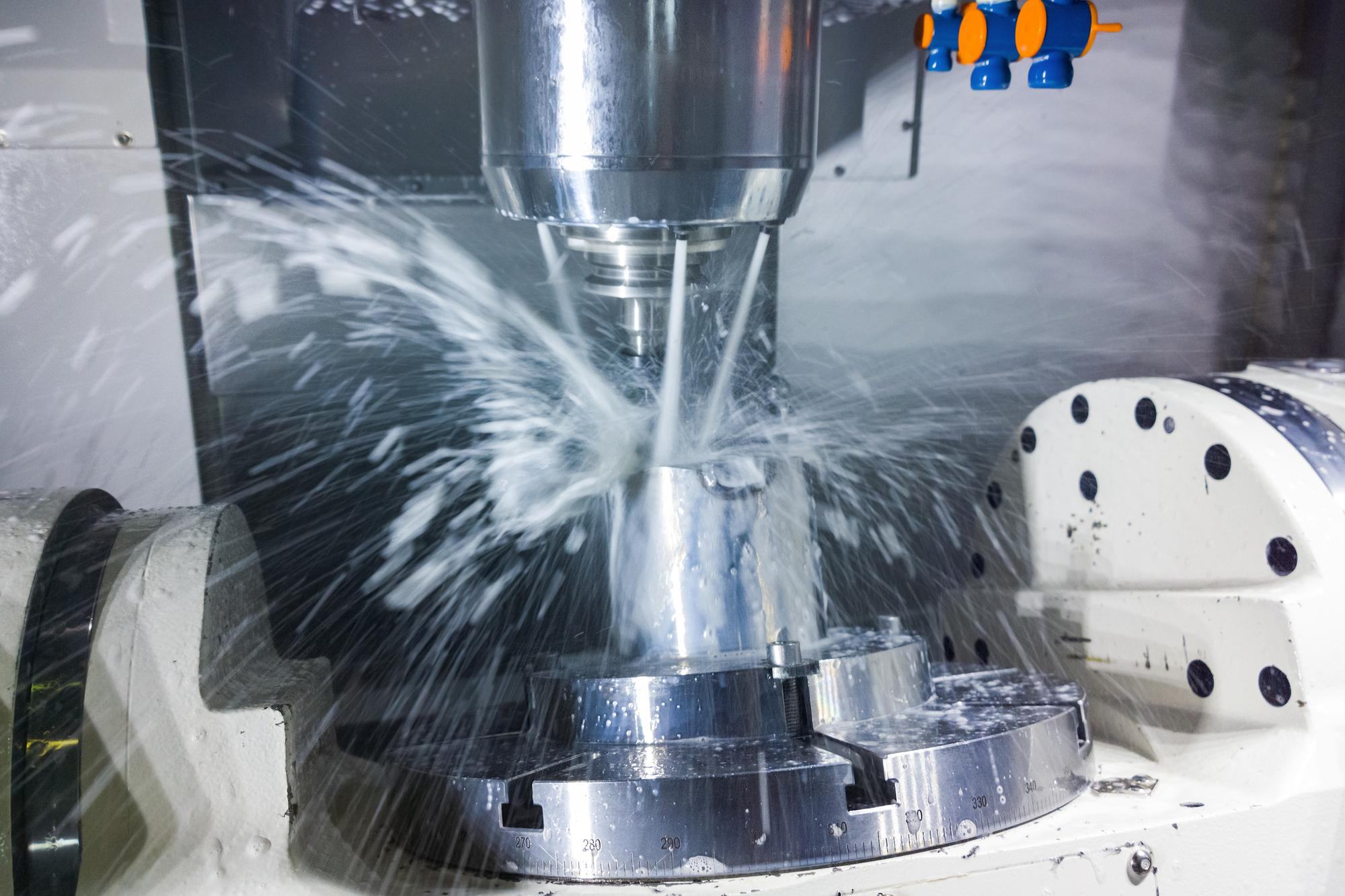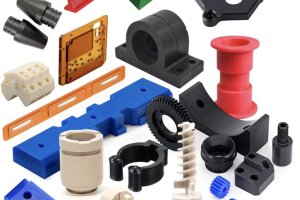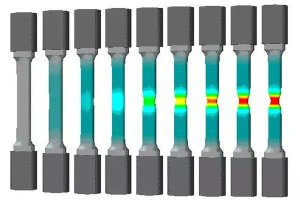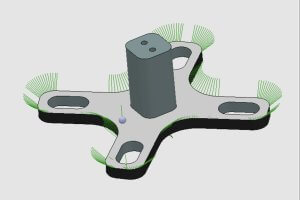Cutting fluids play a crucial role in the world of CNC machining, and their significance cannot be overstated. Whether it’s reducing friction and wear, cooling down the cutting zone, or ensuring the longevity of both the tools and the workpiece, cutting fluids are the unsung heroes of the machining process. Let’s delve into the fascinating world of cutting fluids and understand their importance, applications, and the science behind their magic.
The Multifaceted Role of Cutting Fluids
Cutting fluids serve several vital functions in CNC machining:
- Reducing Friction and Wear: Cutting fluids lubricate the interface between the cutting tool and the workpiece. This lubrication reduces friction, which in turn minimizes wear on the cutting tool, extending its lifespan and improving the surface finish of the machined part.
- Cooling the Cutting Zone: The heat generated during machining can be immense, leading to thermal deformation of the workpiece and rapid wear of the cutting tool. Cutting fluids help dissipate this heat, maintaining optimal temperatures and preventing thermal damage.
- Lowering Cutting Forces and Energy Consumption: By reducing friction and providing cooling, cutting fluids lower the cutting forces required. This reduction in force also means lower energy consumption during the machining process.
- Chip Removal: Effective chip removal is essential to prevent re-cutting and clogging. Cutting fluids help flush chips away from the cutting zone, ensuring a smooth and uninterrupted machining process.
- Protecting the Workpiece: Cutting fluids create a protective barrier on the machined surface, preventing corrosion and oxidation, especially important in metals like aluminum and steel.
Types of Cutting Fluids
Depending on the machining requirements, different types of cutting fluids can be used:
- Cutting Oils: These are pure oils, including mineral, animal, vegetable, synthetic, or a combination thereof. They are primarily used for low-speed machining where high lubrication is needed.
- Emulsions: Also known as soluble oils, these are a mixture of oil, water, and additives. They provide good cooling due to the water content and decent lubrication from the oil.
- Semi-Synthetics: These fluids have a small amount of mineral oil emulsified in water. They offer better cooling than pure oils and better lubrication than emulsions.
- Synthetics: These are water-based fluids with chemical additives but no oil content. They provide excellent cooling and are often used in high-speed machining operations.
The Science Behind Cutting Fluids
The effectiveness of cutting fluids depends on various factors, including the type of machining, tool and workpiece materials, cutting speed, and the method of application. For instance, water is an excellent coolant due to its high heat capacity but lacks lubrication properties. Oils, on the other hand, provide good lubrication but are less effective at cooling.
When selecting a cutting fluid, several considerations come into play:
- Cutting Heat and Force: The cutting fluid must be able to handle the heat and force generated during the machining process.
- Chip Formation and Removal: The fluid should aid in chip evacuation to prevent clogging and re-cutting.
- Compatibility with Materials: Some materials may react adversely with certain cutting fluids, leading to corrosion or reduced tool life.
- Application Method: The effectiveness of the cutting fluid also depends on how it’s applied, whether through flooding, misting, high-pressure systems, or direct application through the tool.
Application Methods of Cutting Fluids
There are several methods to apply cutting fluids in CNC machining:
- Flooding: The most common method, where a large volume of fluid is poured over the cutting area. It’s effective but can be wasteful.
- Misting: This method involves spraying a fine mist of fluid, reaching areas that flooding might miss. It’s more efficient in fluid usage but less effective in cooling.
- High-Pressure Systems: These systems use high-pressure nozzles to direct the fluid precisely at the cutting zone, providing excellent cooling and chip evacuation.
- Through the Tool: Modern tools are designed with internal channels that allow cutting fluid to be delivered directly to the cutting edge, ensuring maximum efficiency in cooling and lubrication.
The Impact of Cutting Fluids on Machining
The choice and application of cutting fluids significantly impact the machining process. Here’s a summary of their effects:
| Impact | Without Cutting Fluid | With Cutting Fluid |
|---|---|---|
| Tool Wear | High due to increased friction and heat | Reduced, extending tool life |
| Surface Finish | Poor, with more roughness and defects | Improved, smoother finishes |
| Cutting Forces | Higher, requiring more energy | Lower, reducing energy consumption |
| Chip Removal | Inefficient, leading to clogging | Efficient, preventing re-cutting and blockages |
| Workpiece Protection | Susceptible to corrosion and oxidation | Protected, maintaining integrity |
In some cases, however, the cooling effect of cutting fluids can be detrimental. For instance, in interrupted cutting processes like milling, the cyclic heating and cooling can lead to thermal fatigue and tool failure. Additionally, in operations where chips tend to curl, cooling fluids might exacerbate this issue, causing chips to interfere with the cutting process.
The Future of Cutting Fluids
As environmental and economic concerns grow, there’s a significant push towards reducing or even eliminating the use of cutting fluids. Techniques like near-dry machining (NDM) and dry machining have gained popularity. These methods not only reduce the environmental impact but also lower the costs associated with cutting fluid maintenance and disposal.
Near-Dry Machining (NDM): This technique uses minimal quantities of cutting fluid, often in the form of a fine mist, to achieve the benefits of both cooling and lubrication while significantly reducing fluid usage.
Dry Machining: With advances in cutting tool materials and coatings, dry machining has become a viable alternative, particularly for operations involving ferrous metals and certain alloys.
Cutting fluids are an essential component in CNC machining, offering multiple benefits that enhance the quality and efficiency of the machining process. From reducing friction and wear to improving chip removal and protecting workpieces, their role is invaluable. However, the trend towards more sustainable and cost-effective machining practices is driving innovations in cutting fluid application and the development of alternative techniques.
Other Articles You Might Enjoy
- Exploring the Influence of Cutting Factors on CNC Machining Parts
When it comes to CNC machining, understanding the mechanics of cutting is crucial. Various factors influence the cutting process, impacting everything from the quality of the finished part to the…
- Beyond Cutting: Exploring the Multifaceted CNC Machining Process
1. Introduction: Unveiling the Layers of CNC Machining In this introductory section, we peel back the layers of the CNC machining process, going beyond the traditional understanding of cutting. It…
- High-Speed Cutting Legends Transforming CNC Machining Parts
High-speed cutting (HSM or HSC) is not just a technological advancement; it's a fascinating journey of innovation that has transformed CNC machining parts over the decades. Let's take a trip…
- Exploring Bead Blasting In CNC Machining(cnc cutting tools Hale)
Bead blasting is a crucial technique applied extensively in the realm of Computer Numerical Control (CNC) machining. This process transforms the exterior aesthetics and surface quality of machined parts, augmenting…
- Comparing Machinability of Various Tool Steels: What's the Best Choice?
Understanding Tool Steels and their Machinability Tool steels are referred to as an extensive variety of carbon and alloy steels known for their distinctive hardness, abrasion resistance, and ability to…
- Understanding Bead Blasting in CNC Machining(cnc cutting tools Miles)
CNC machining is a manufacturing process known for its precision and versatility. One important aspect of this process that contributes significantly to both its functionality and finish quality is bead…









